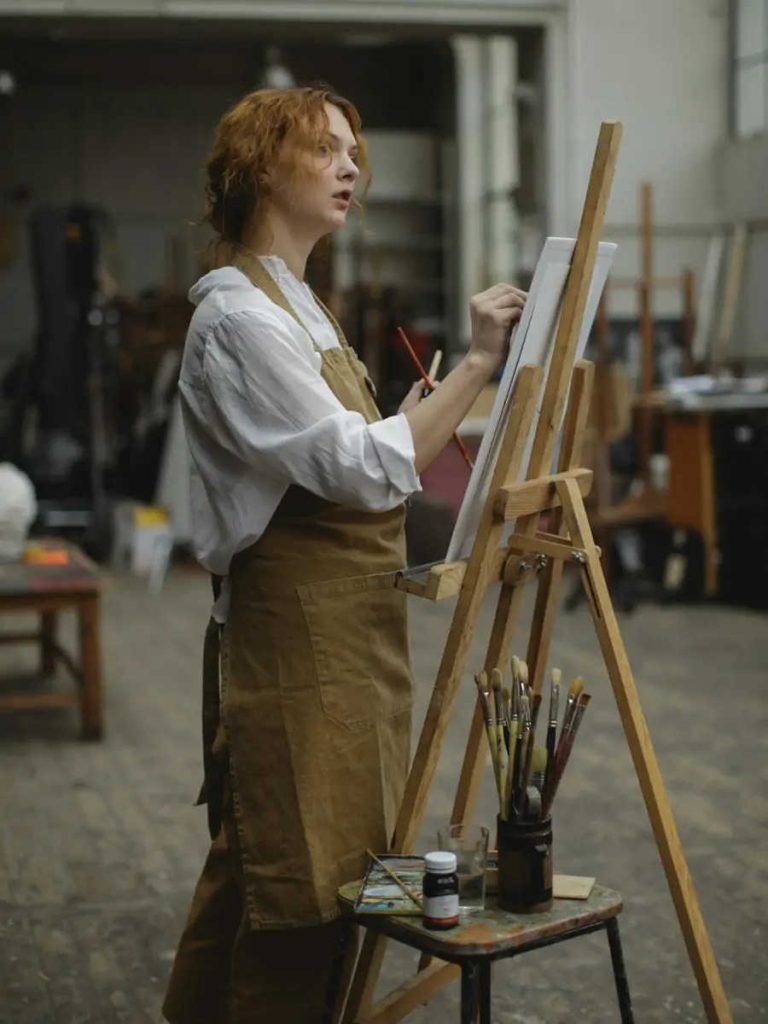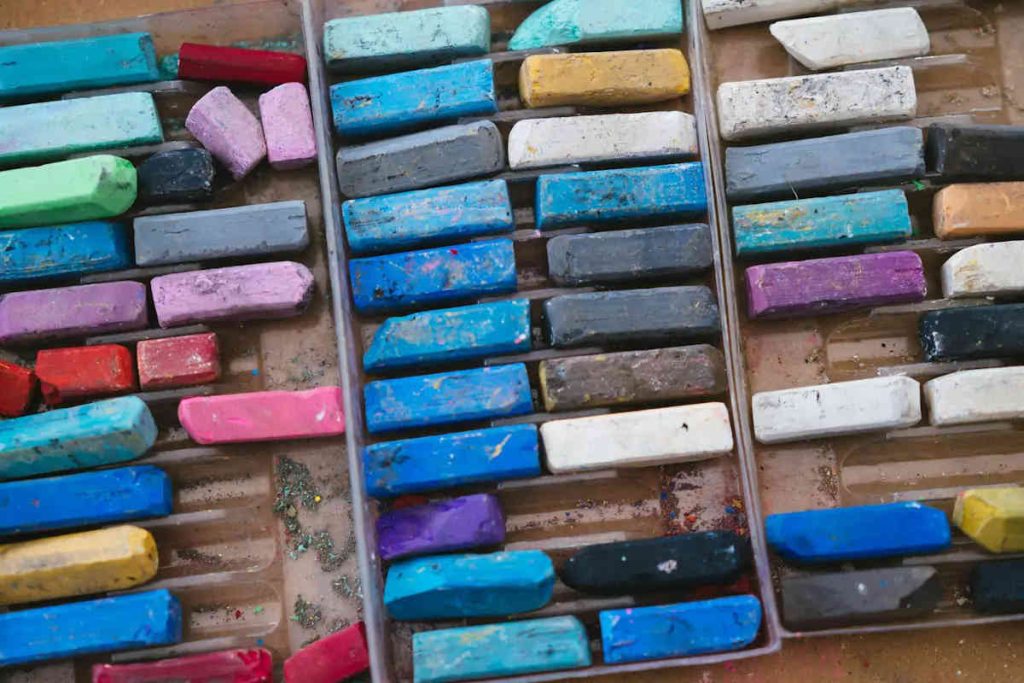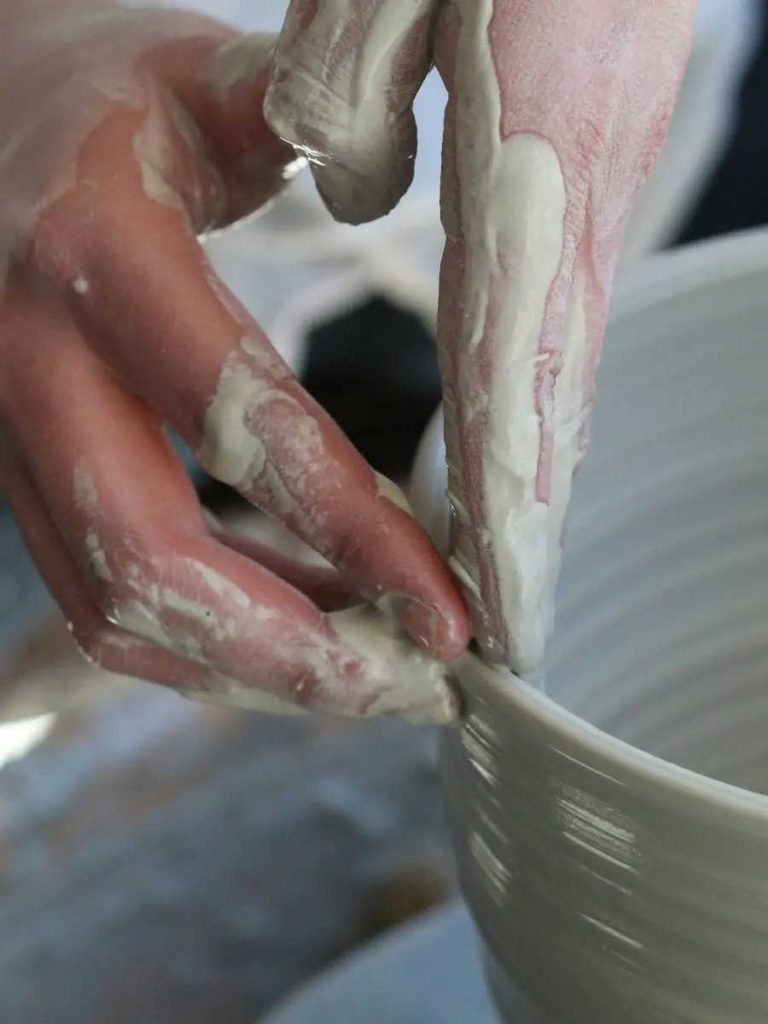Arts As A Tool For Mental Health – Part 2
Part 1 explores consuming the arts as a spectator
We know that exposure to the arts makes us have a better quality of life. But we can also benefit from pushing our own artistic merit. Artistic expression helps you feel better and it reduces stress. As a psychotherapeutic tool, it can be used to provide you with the ability to express emotions or experiences that are difficult to express verbally. As part of a regular practice, artistic expression can provide a space for you to reset and recharge. It helps you grow and see the world through different eyes.
The Impact Of Artistic Expression On Self Care
Engaging in artistic expression as part of your self care routine is about tapping in to your creativity. Flexing your creative muscles can not only boost your mood, but it can also help relax you. This is because when you get immersed in making art, you can get into a state of flow. Flow occurs when you are completely enthralled in a task that you find enjoyable, your attention is completely immersed in what you are doing. You may even lose track of time and tune out distractions in the immediate surroundings. Not surprisingly, you become less self-conscious and your reward centre lights up as you accomplish your goal.
Reaching a flow state normally means you can stop rumination (negative thought cycles) and reduce your heart rate, both leading to feeling more calm. Living under chronic stress limits your ability to disconnect from everyday struggles. Engaging in an art form can quickly induce calm, making it an enticing tool for self care. This is not immediate when you start, but more likely once you make it a habit.
Regardless of which art form you choose, art allows you to express yourself in ways you otherwise may not be able to. Being creative develops your ability to think critically and problem solve. You will see this transfer into other areas of your life, including your career. Artistic expression also brings self-acceptance. By allowing yourself to learn a new skill, the more you accomplish, the better you feel about yourself.
If you show your work publicly, it helps you develop people skills. Some people take it one step further and sell their work. This helps to diversify your income stream while engaging an activity you are passionate about.
Forms Of Artistic Expression
The arts encompass a wide range of disciplines that include both two-dimensional and three-dimensional work, as well as digital works. The visual arts can range from drawing and painting, to printmaking and sculpture. The arts also include graphic and visual design, photography, and film or videography. Crafts have an element of design, but tend to emphasize craftsmanship and function. They include ceramics, jewelry, textiles, and glassblowing to name a few.
The performing arts often require you to be more involved with others than the aforementioned arts, and they typically involve the presentation of the work to an audience. The performing arts include theatre, dance, and music. You can play music on your own, but playing in a group or for others elevates the experience by building connections.
Dance and theatre usually require you to work with others, increasing your chance of building new connections. They can both increase your physical activity. Both connection and physicality are components that help with your overall emotional state and support key pillars of self care. Learning lines or choreography can give you a sense of accomplishment, it helps build your memory, and boosts self-esteem. Dancers and actors alike take on characters. Through different portrayals, the side-effect can be that your own identity becomes clearer to you. It gives you a safe space to explore traits and push yourself to be better.
Artistic Expression Techniques To Try At Home
You can use art to reduce stress, express yourself, or as part of a mindfulness practice. Keep it at a small-scale to take the pressure off, making it easier to get started. You can keep your work to yourself or share it with those closest to you. Do what you are comfortable with and in time, try to push yourself out of your comfort zone.
Get hands on
You can start with supplies you likely have at home or you can go to a local art supply store and grab a few things to experiment with. Drawing in a sketchbook that has multi-media paper allows you to try different mark-making tools like pencils, pens, charcoal, and chalks. You can even make this an art journal. If you don’t know what to draw, start with doodles or creating patterns. Then you can push yourself to draw things in your surroundings.
Painting is forgiving for people starting out, especially acrylic paint. You can source affordable paint and canvases at art stores. Depict realistic images or go more abstract and play with how the colour or texture of the paint changes throughout the canvas. You can reuse a canvas, making it an affordable medium.
Try sculpting if you like to create objects, depending on what tools and materials you have at your disposal, you can try different things. Sometimes limitations in what you have to work with can spark more creativity. Sometimes you are limited in space to create, so smaller scale projects like jewelry allow you to still work with different materials, colour, and pattern.



Go digital
You can also draw digitally and explore graphic design to create your own posters or cards for people in your life. Take a step further and animate your work. This can get costly if you need to get software, but you can also find free programs and apps that still allow you to get creative. They may simply not have all the bells and whistles that some paid subscriptions offer.
Another way to get creative is by using your cell phone as a tool. Most people these days have access to a quality camera in their device. Try making short videos or find a subject matter to photograph. This is a low-cost alternative that only requires digital storage.
Get performance ready
If making things is not your preference, you can try learning an instrument, singing, acting, or dancing. Some of these can be done alone, and others you will have to at some point interact with others. If it’s hard to connect with people, this setting provide structure to build new relationships with people that have similar interests.
Sign up for a community class or look at videos online to get some tips on how to get started or to try new techniques. What is important is for you not to put any expectations on yourself. There is no right or wrong so eliminate judgement over what you produce. The goal is not to become a professional artist, the goal is to have another tool that allows you to express yourself. Allocate time in your schedule to experiment and eventually, you will find it easier to get started.
Be creative!
Regardless of what medium you choose, or if you do your art work alone or with others, there is a role for artistic expression in your life. By learning how to create a piece of art or put on a show, you learn to set goals and experience personal growth. You find a new way to express yourself and explore another facet of your identity. This can be healing and insightful. Not only can you explore your inner self, you can also use the arts to question the world around you. The more you learn and practice, the more moments of flow you will experience, and you’ll develop a greater appreciation for the arts in general.
By using artistic expression as part of your self care routine, you engage in an activity that is mindful and reduces stress. It makes you feel good when you accomplish a finished piece, and it gives you a sense of control over what you share with the world. Most people that engage in art making experience a positive change, regardless of what they choose to do. If you are dealing with severe anxiety or depression and would like to explore art as a form of therapy, look for therapists that specialize in the field. They can guide you through exercises to externalize your thoughts, emotions, and behaviours. Either way, I encourage you to try something new and express yourself!
To explore how consuming the arts as a spectator can help your mental health, read Part 1 of this mini-series.
IMAGE CREDITS: Feature image – Unsplash | Sema Martin. Article images – Pexels | Cottonbro Studio, Unsplash | Phil Hearing, Unsplash | Anne Nygård.

